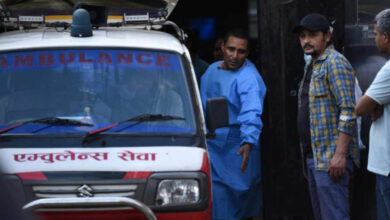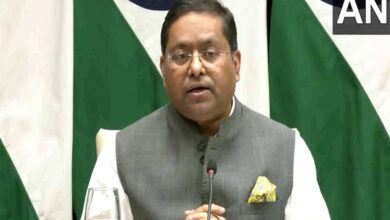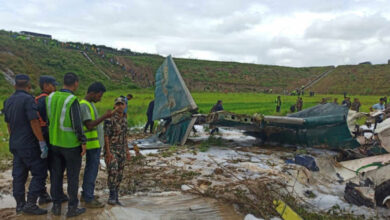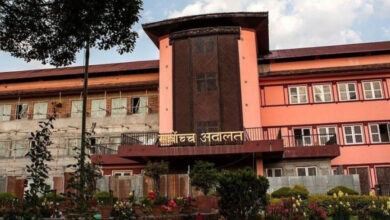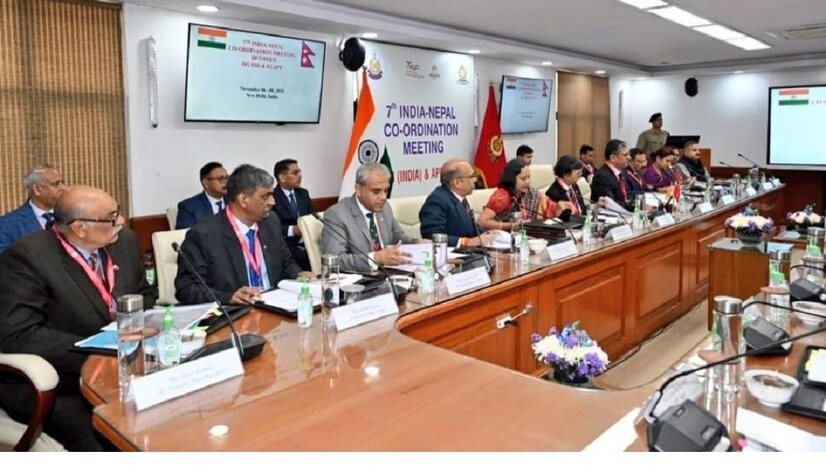
Kathmandu : In a diplomatic move, Nepal has formally requested India to organize a meeting of the Boundary Working Group (BWG), a collaborative body established by the governments of Nepal and India in 2014. This group, responsible for overseeing tasks related to the construction, restoration, and repair of boundary pillars, has not convened since its last meeting in August 2019.
Despite Nepal’s repeated attempts to resume BWG discussions, a senior official at the Ministry of Land Management, Cooperatives, and Poverty Alleviation disclosed that India has not yet provided concurrence for a new meeting. The lack of progress has raised concerns about the resolution of boundary issues, particularly in regions like Kalapani, Lipulek, and Limpiyadhura.
Responding to inquiries from Dilendra Prasad Badu, a Nepali Congress lawmaker from Darchula district, the Ministry of Foreign Affairs confirmed that the last BWG meeting occurred in Dehradun, India. The Nepali side has proposed a date for the next meeting, awaiting confirmation from India. The details of these responses have been made publicly accessible on the Parliament Secretariat’s website.
The boundary issue gained prominence after India unveiled a new political map on November 2, 2019, drawing attention from Nepal’s foreign ministry. A subsequent statement declared that Kalapani, Lipulek, and Limpiyadhura belong to Nepal, emphasizing the need for mutual consensus in resolving outstanding issues.
Diplomatic correspondences, including a note to India on November 20, 2019, underlining Nepal’s claim based on the Treaty of Sugauli, have been exchanged. Despite these efforts, the boundary matter remains unresolved.
The Ministry of Land Management, Cooperatives, and Poverty Alleviation, in alignment with a Cabinet decision from May 18, 2020, issued a new administrative and political map of Nepal on May 20, 2020, incorporating Kalapani, Lipulek, and Lipiyadhura.
While the Nepal-India boundary inspection and monitoring committee has completed its work on the southern (India) border, no reasons were provided for the delay in inspection on the northern (China) border.
During the sixth meeting of the Nepal-India joint commission in January 2021 and subsequent visits by Prime Ministers Sher Bahadur Deuba and Pushpa Kamal Dahal, the boundary issue was discussed, but concrete progress has yet to materialize.
India’s interest in working through mechanisms at the chief district officer and district magistrate level, potentially bypassing the BWG, has been noted. The Department of Survey data indicates that out of 8,554 pillars along the border, 1,325 are missing, and 1,956 are damaged or partially damaged.
Despite challenges, both countries had set a target in the fifth BWG meeting in Kathmandu to complete remaining border works by 2022. However, the COVID-19 pandemic has been cited as a factor contributing to the lack of progress in this regard. The stalling of meetings for mechanisms under the BWG, such as the Survey Officials’ Committee and Joint Field Survey Teams, has added to the complexity of the situation.

